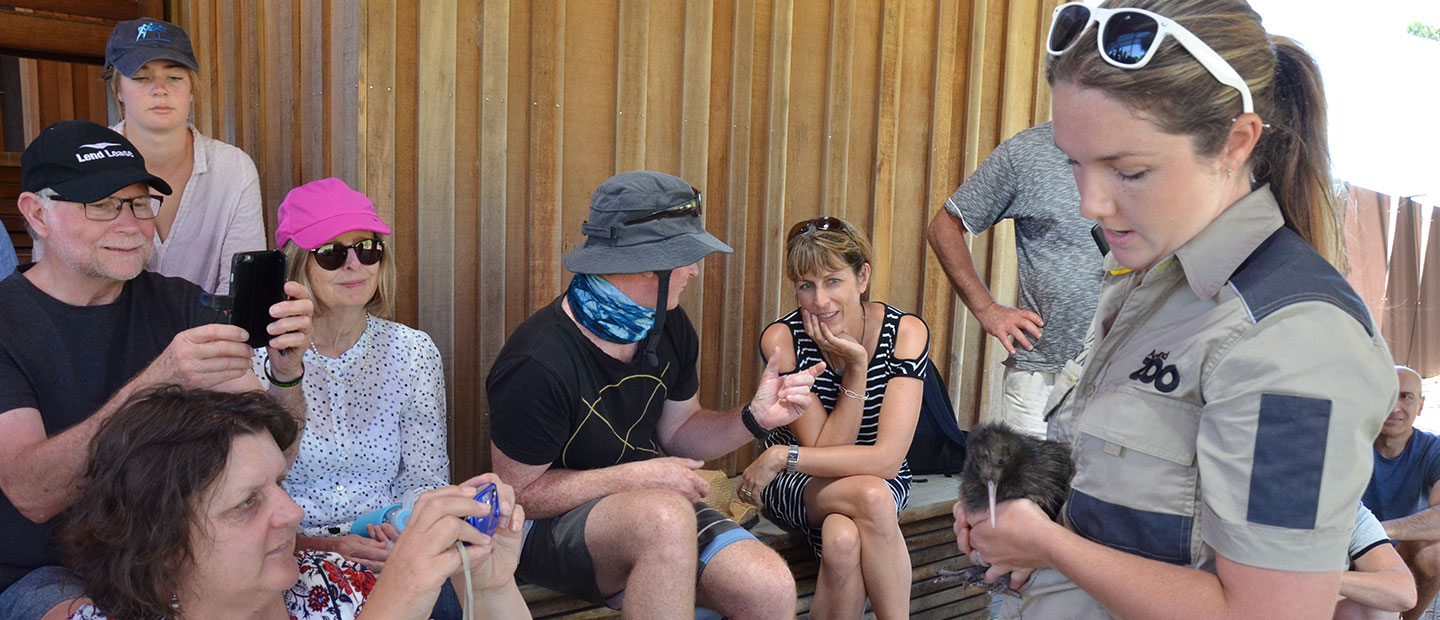Predator-free Rotoroa Island has proven to be a great place to grow up for five healthy 'teenage' (sub-adult) kiwi, who are today heading home to Te Mata on the Coromandel.
During the 2014-15 kiwi breeding season, through a new partnership between Auckland Zoo, Rotoroa Island Trust (RIT) and Thames Coast Kiwi Care (TCKC), the five Coromandel brown kiwi were among the first chicks to be released onto the 83ha haven.
The Coromandel brown kiwi is the rarest of the four populations of brown kiwi, and the partnership is working to help boost their numbers.
Now aged five to 18 months, the five kiwi (one male and four females) were collected as eggs from a 2,500ha block in Te Mata that is intensively trapped by TCKC volunteers, then incubated, hatched, and reared by Zoo staff before being released onto Rotoroa at around three weeks old.
Auckland Zoo Birds keeper Natalie Clark has been involved in the full life-cycle of the birds - from egg collection through to incubation, hatching, rearing, releasing the chicks, and being part of the mustering team, to locate and round up the kiwi for today's releases:
"We've put these little chicks on Rotoroa and in a relatively short time they've tripled in size! It’s been an incredible team effort to get to this day, with our Rotoroa colleagues providing a safe home for the birds to flourish. It now feels great to be bringing these birds back to Te Mata where the TCKC volunteers are putting so much work into trapping.
"As long as holiday makers and Coromandel locals keep their dogs on a lead when they're in kiwi country, we have a chance to save these special birds and see them thrive," says Natalie.
Rotoroa Island chair Barrie Brown, says seeing Rotoroa provide a haven for chicks and watch them returned to the wild as young adult birds, is hugely rewarding.
"It's a testament to the hard work of a great many people, from community conservation groups, to Auckland Zoo, the Department of Conservation and our own island staff. It's wonderful to know that Rotoroa has safely reared and released a new generation of kiwi."
Some of the kiwi being released will be fitted with transmitters and tracked over the coming six weeks to monitor their dispersal.
Thames Coast Kiwi Care Chair, Richard Moyle says it's an exciting day for his team of volunteers.
"The return of kiwi to Te Mata is truly a milestone for our small volunteer organisation that is operating largely out of sight of public gaze. Future generations of Kiwis can only be grateful for the generous and ongoing assistance of Auckland Zoo, Rotoroa Island Trust and the Department of Conservation in making our colony of Coromandel brown kiwi a self-sustaining population."
The 2015-16 kiwi breeding season has to date seen 13 more kiwi chicks released onto Rotoroa, and a 14th chick has just hatched at Auckland Zoo this week. A second kiwi muster will take place next summer to return more kiwi to the Coromandel.


